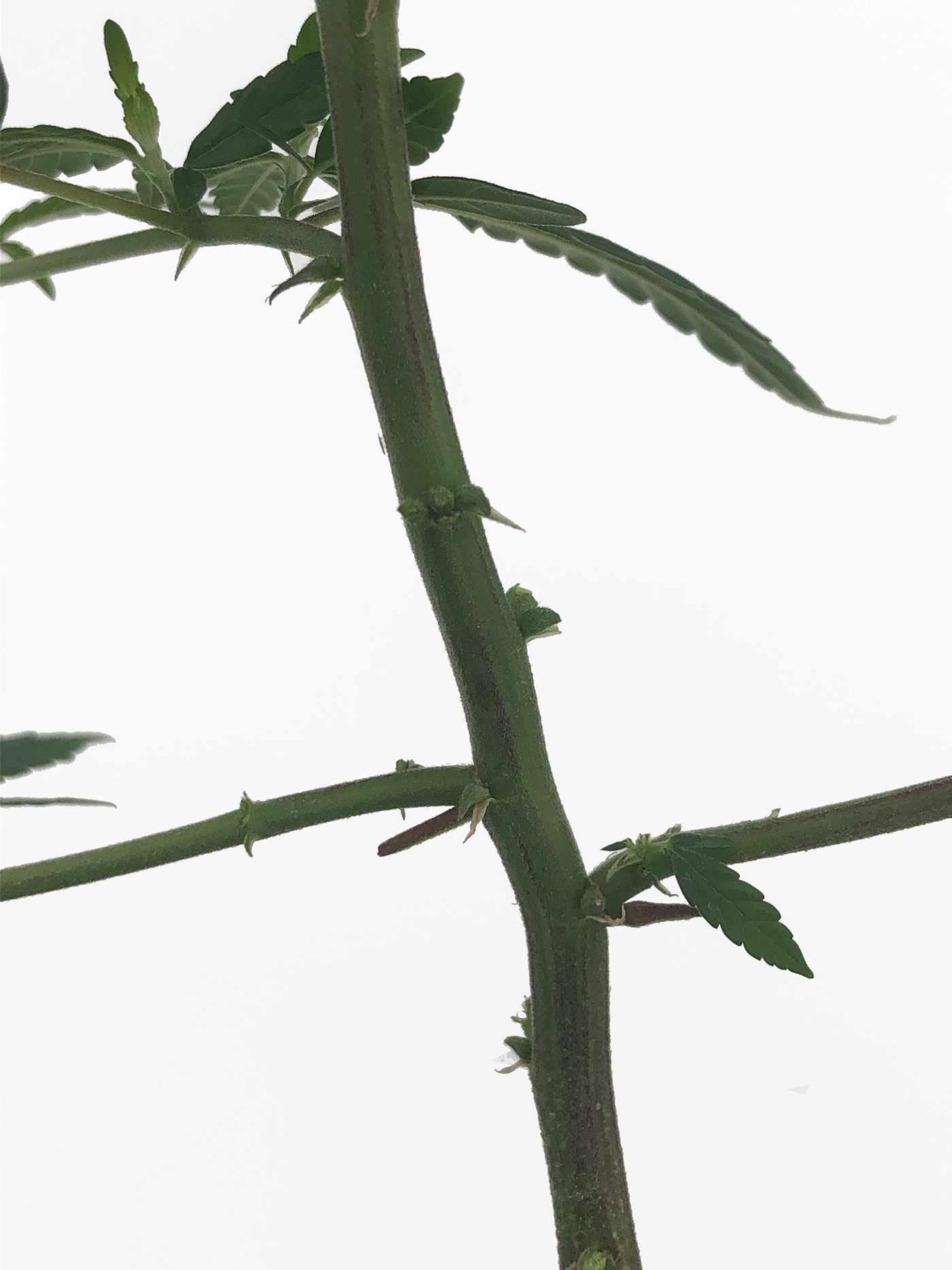Hop Latent Viroid (HLVd) is an infectious single-stranded, circular RNA that is completely dependent on its host plant’s metabolism for replication. As the name suggests, HLVd occurs worldwide in hops, but it can also infect hop’s close relative – cannabis.
If your previously healthy plants have suddenly started becoming stunted or “dudded” in growth, then a Hop Latent Viroid infection may be the cause. The only way to truly confirm stunted growth is from HLVd, and not due to other causes is to get your plants tested.

